Energy Consumption Plummets 30%! The Energy-Saving Code of European Double-Girder
Overhead Cranes
When Manager Wang reviewed his steel plant's electricity bill, the newly installed European double-girder overhead crane had reduced energy consumption by 30%. At Jiangsu Port, 10 retrofitted gantry cranes saved 1.2 million kWh annually—equivalent to 400 households'yearly usage.
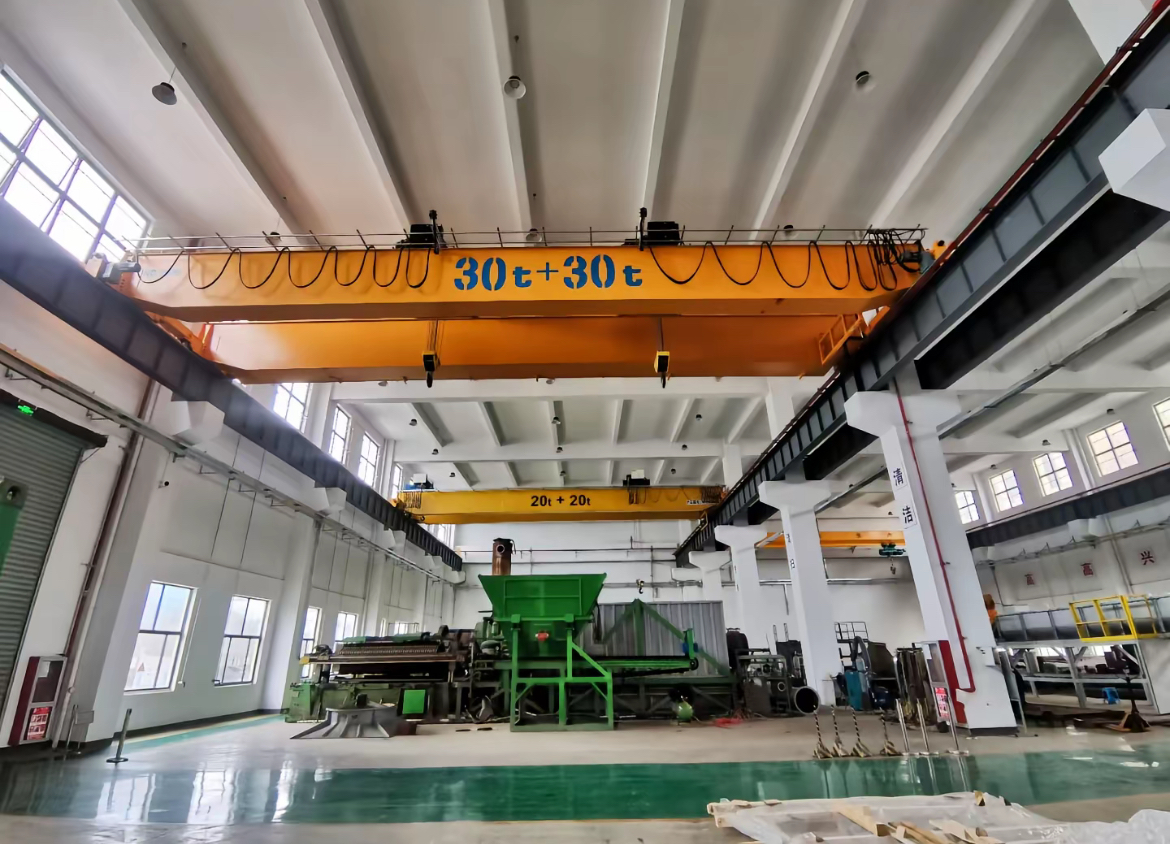
Lightweight Revolution: Every Gram Counts Against Energy Waste
The steel frame of traditional double-girder overhead cranes was once seen as a symbol of strength, but modern engineering reveals: dead weight is the original sin. European double-girder overhead cranes reduce self-weight by 23%–64% through disruptive lightweight design. The secret lies in three dimensions:
Material Evolution: High-strength steel and composite nylon components replace cast iron, "slimming down" while ensuring strength.
Structural Transformation: Modular design enables box-type or H-shaped steel main girders, with end girders precision-machined by CNC.
Spatial Reconfiguration: Trolley height reduced by 30%, lowering factory construction height by 1–2 meters and cutting HVAC/lighting loads.
When a 50-ton European double-girder overhead crane competes with traditional equipment, reduced wheel pressure slashes foundation costs by 15%, and factory column sections shrink by 20%. Every gram shaved saves kilowatts over decades of operation.
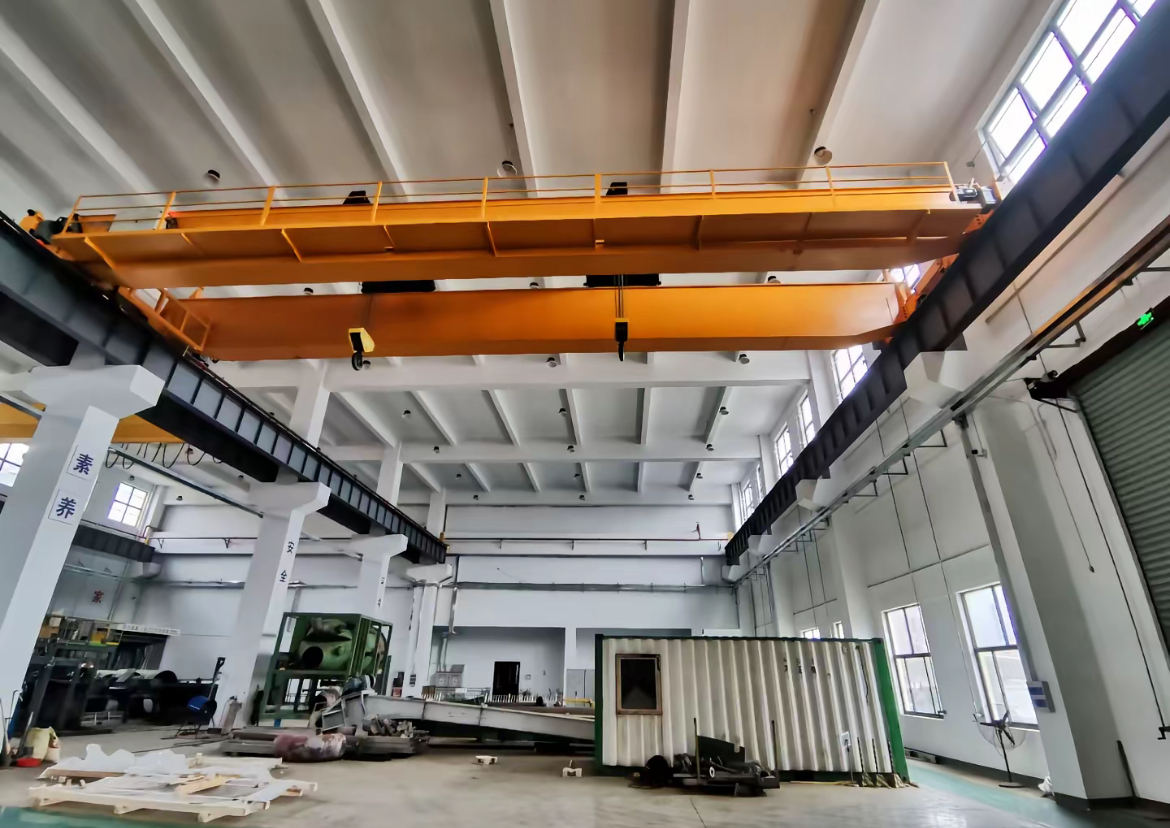
Variable-Frequency Speed Control: Precision Energy Valve
Variable-frequency speed control acts as an intelligent throttle for cranes. Traditional crane motors resemble car engines running at full speed constantly, while European models feature variable-frequency systems that deliver energy on demand:
Hoisting mechanisms achieve impact-free starts/stops, eliminating 40% of peak current during startup.
Travel mechanisms use S-curve acceleration/deceleration, avoiding energy waste from step braking.
Three-in-one drive mechanisms with Class F insulated motors achieve 40% ED duty cycle, cutting energy use by 25%.
When loads require micro-movements, motors operate at 15% speed; during full-load traversal, power scales automatically. This "energy-on-demand" model ends the "oversized engine for small tasks" dilemma.
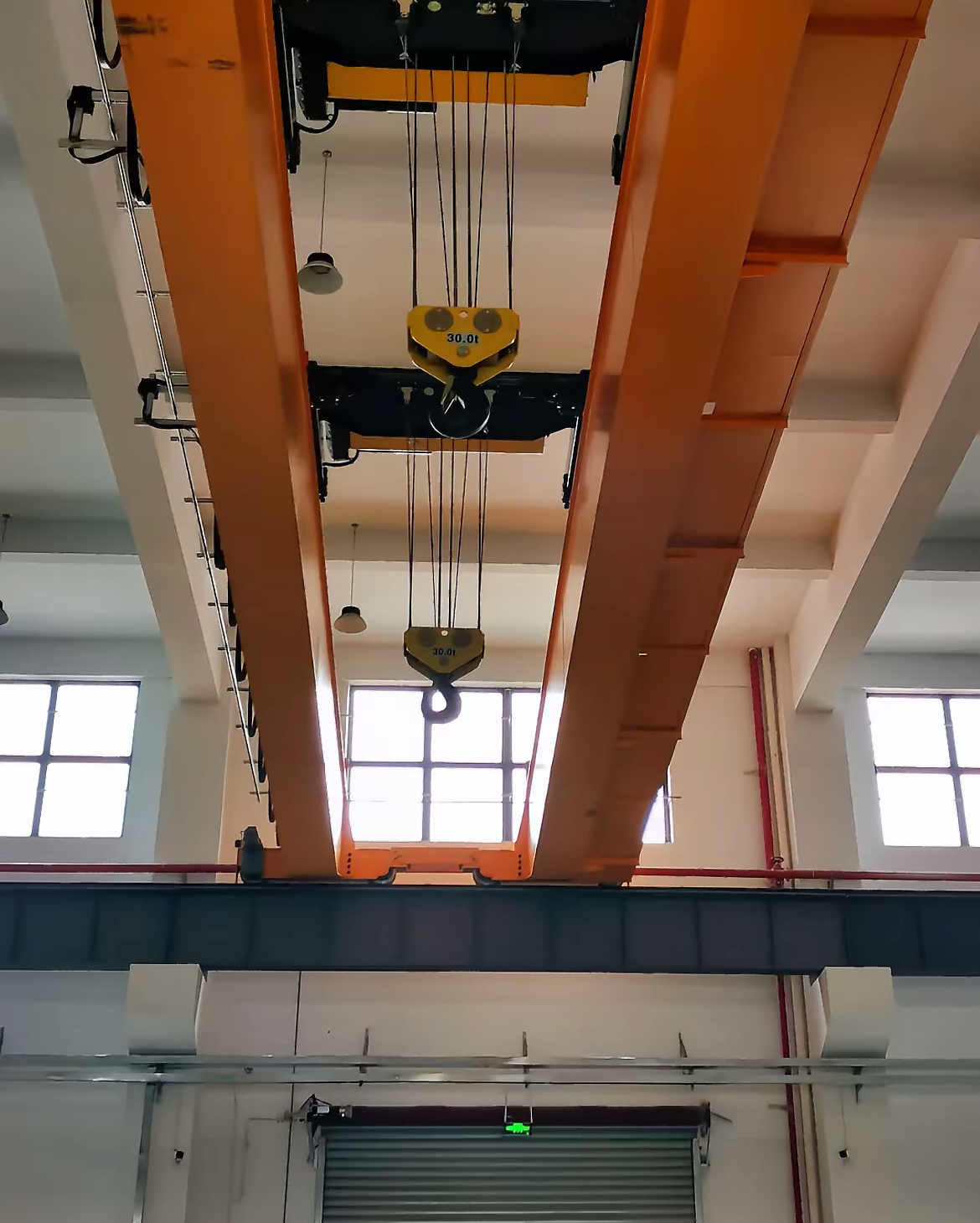
Energy Regeneration: Turning Gravity into Power
The most innovative breakthrough comes from energy recovery systems. While traditional devices dissipate potential energy as heat during descent, European double-girder cranes convert it into reusable electricity:
Potential Energy Capture: A 30-ton load descending 10 meters recovers 1.5 kWh.
Smart Grid Integration: IGBT modules invert DC to AC with <5% THD distortion.
System Synergy: Qingdao Port's DC micro grid aggregates energy from 24 cranes to power refrigeration equipment.
Delta's AFE2000 series at ports proves 30% higher energy utilization, with 0.99 power factor and 4.9% harmonic pollution. Every hook descent becomes a micro power generation cycle.
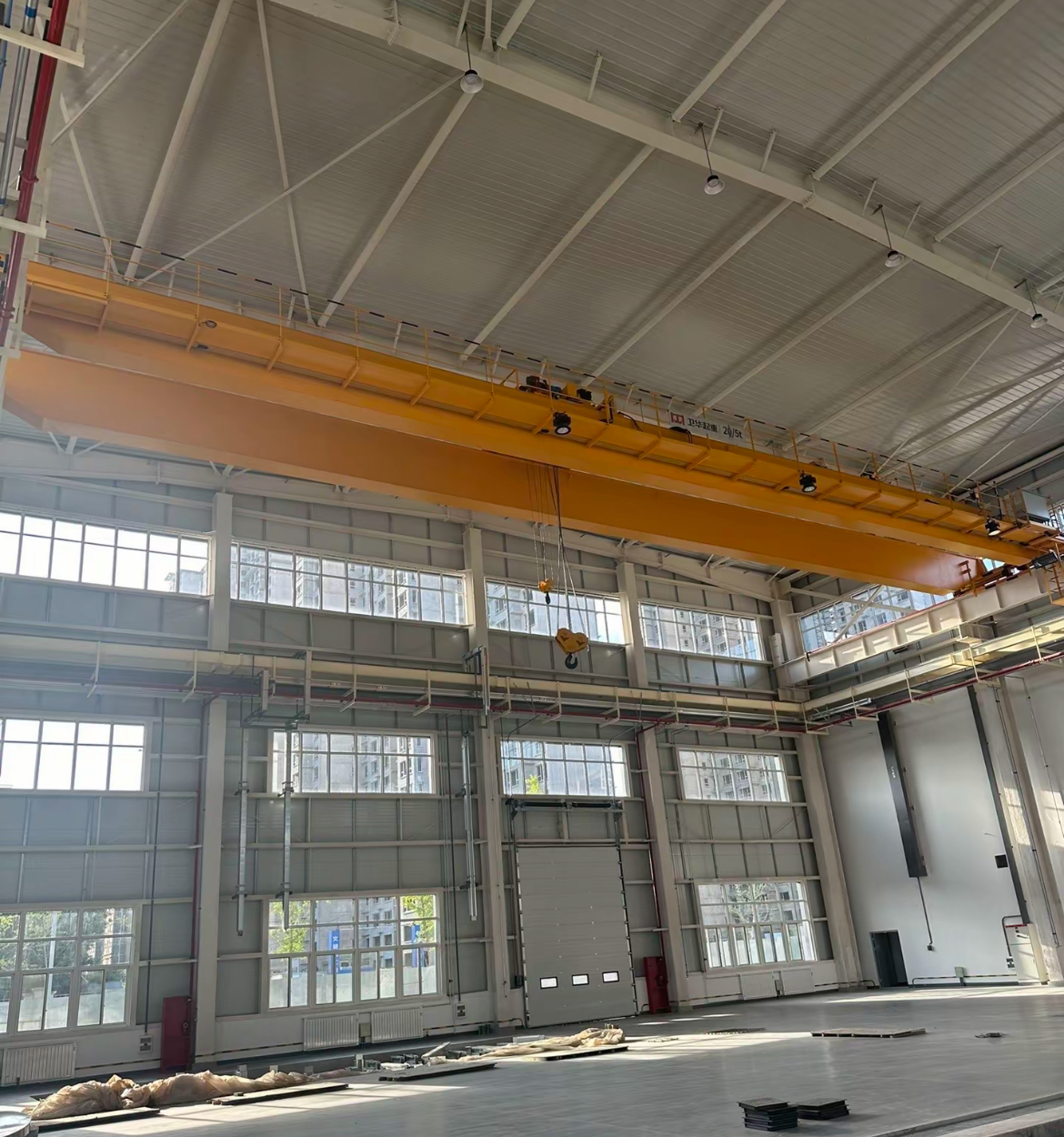
Intelligent Neural Network: Embedding Efficiency into DNA
With IoT integration, energy saving evolves from hardware feature to systemic instinct:
Anti-Sway Algorithms: Auto-damp load swing, boosting efficiency by 40% and reducing idle energy by 18%.
Smart Scheduling: Multi-drive synchronization minimizes skewed travel and corrective energy waste.
Digital Twin: Real-time energy hot spot monitoring generates optimal paths.
Pressing the anti-sway switch locks swing within ±0.25°. Such precision enhances safety while shortening cycles—maximizing value per kilowatt-hour.
Green Ledger: How 30% Energy Reduction Unfolds
European double-girder cranes build a multi-dimensional efficiency ecosystem:
| Traditional Double-Girder | European Double-Girder | Energy Saving | |
|---|---|---|---|
Dead Weight | Baseline | 23–64% lower | 12% reduction |
Drive System | Resistor control | Variable-frequency | 9% reduction |
Energy Recovery | Heat dissipation | Grid feedback | 7% reduction |
Smart Control | Manual operation | Auto anti-sway + path optimization | 5% reduction |
The cumulative 33% energy drop allows a 50-ton, 28.5m-span European double-girder overhead crane to save its own purchase cost within five years.
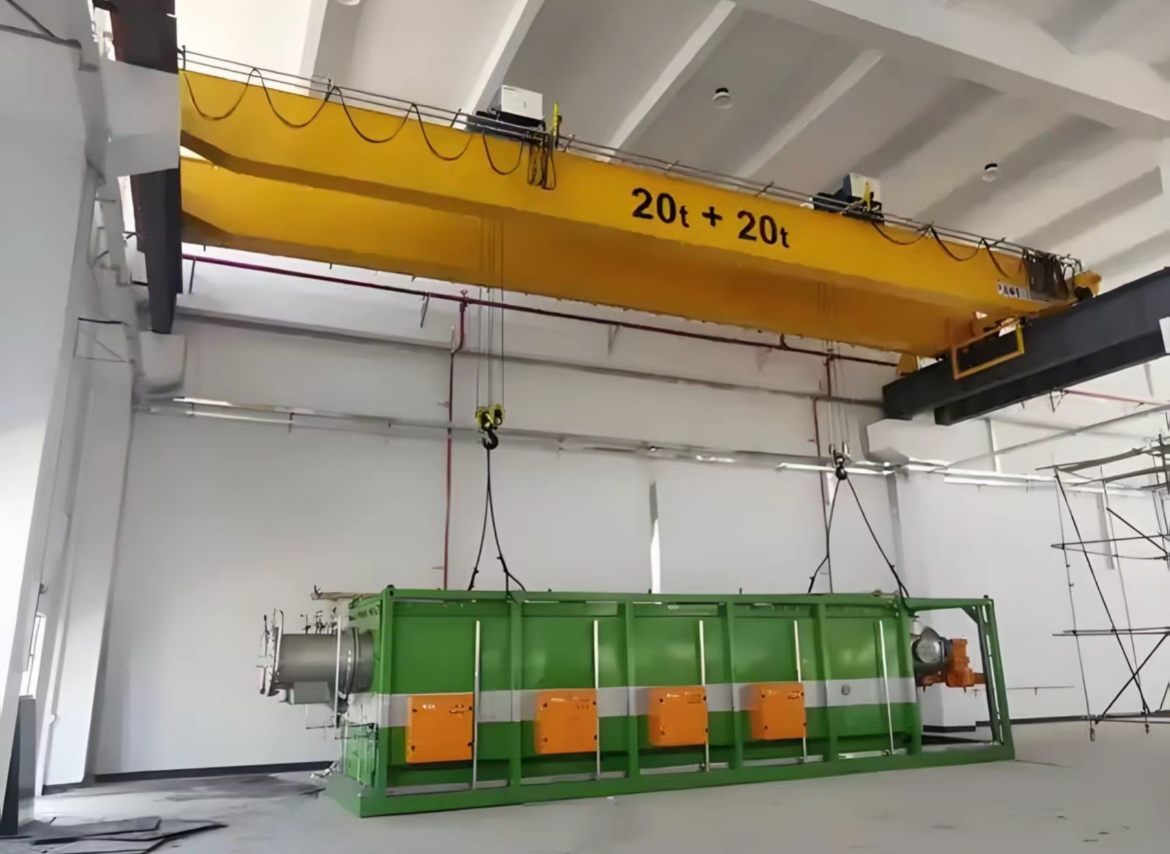
Conclusion
From steel mills to ports, workshops to power stations, the energy-saving code of European double-girder overhead cranes is unlocking new dimensions of green manufacturing. It rewrites mechanical laws with lightweight design, tames electrical surges through variable-frequency speed control, and transforms every descending load into rising green energy.

